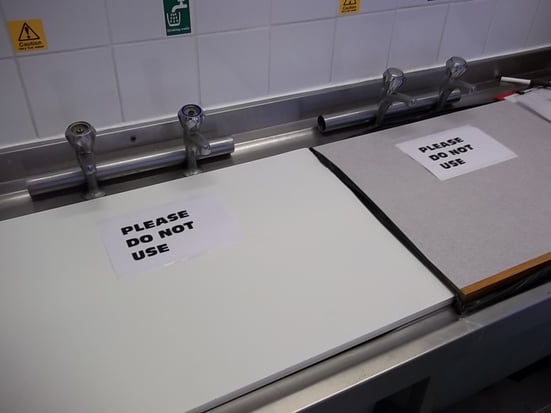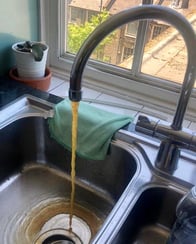
In the previous two months, the Water Hygiene Centre has published various blogs on water safety and the implications of lockdown. The first blog on the 07/04/2020 ‘Post Lockdown re-occupation of properties’ and on the 28/05/2020 ‘Summary of the guidance and advice issued during lockdown’. The intent with these blogs was to provide an overview of the necessary considerations for safe re-occupation of buildings as we emerge from lockdown, supported by a summary of the published guidance from recognised agencies and bodies in the UK.
Water Hygiene Considerations during and after Covid-19
A reminder that during lockdown, buildings such as schools, offices, shops, hotels, restaurants, pubs, leisure centres and health spas [to name just a few examples] have been closed for an extended period. As such, either no-one has been in those buildings, OR there has been only limited occupation.
The primary water safety issue that needs managing, is the stagnation of water systems resulting from the building being closed or partially occupied. When water systems are either not turning over, or have insufficient turnover, this provides favorable conditions for the potential growth and proliferation of Legionella bacteria.
When the building is re-occupied and water systems are used, the resulting stagnant water is then released into the atmosphere via taps, showers, toilets etc. This atomized water can then be inhaled by the building occupants. Given this transmission and even limited exposure, individuals may then go on to develop Legionnaires’ disease.
It’s therefore vitally important you ‘DO NOT’ bring a property back into use / re-occupy [employees / public / visitors], without first considering the water quality measures which will avoid potential exposure and transmission of stagnant water.

How does one demonstrate ‘consideration for the water quality’?…
The LCA published an advice note ‘Guidance for Members on the Risk Assessment and Recommissioning Process for Hot and Cold
Water Systems’ have provided a detailed, helpful and pragmatic flow chart on the ‘recommissioning of water systems’. As part of this process, ‘validation sampling’ is detailed.
The aim of the validation sampling is to prove our domestic water systems do not have Legionella present and as such do not pose a risk to those persons who re-occupy the building. Importantly, within the re-occupation and validation processes, various additional actions will also need to be investigated, confirmed and completed, such as flushing and / or disinfection of the water system.
As a reminder, HSG274 part 2 section 2.120 outlines the circumstances when monitoring for Legionella would be appropriate. This includes:
“water systems where the control levels of the treatment regime, e.g. temperature or disinfectant concentrations, are not being consistently achieved. In addition to a thorough review of the system and treatment regimes, frequent testing, e.g. weekly, should be carried out to provide early warning of loss of control. Once the system is brought back under control as demonstrated by monitoring, the frequency of testing should be reviewed.”
The fact the water systems have been:
- Stagnant with either no / limited use of outlets and
- With a loss of control of temperature i.e. heat gain of cold water and with the hot water turned off
Clearly demonstrates the need for ‘validation’ samples to be taken. For help with regard to actually taking water samples, our academy video ‘Legionella Sampling’ provides a useful oversight on the process.
The re-occupation of all buildings will also involve a recommissioning plan. in most cases, organisations will require support from a specialist contractor, who as part of the plan will then take water samples [if deemed applicable].
Within our blog ‘Post Lockdown reoccupation of properties’ we detailed the importance of not only the use of UKAS accredited laboratories, but also consideration of their capacity to process water samples during the lockdown period and their availability of staff / resources.
Where Legionella samples are returned ‘not detected’ it may be necessary to complete additional samples for greater assurance. However, where Legionella samples are returned positive, an investigation into the cause will be required, leading to possible additional disinfections and subsequent associated Legionella samples.
Editors Note: The information provided in this blog is correct at date of original publication – June 2020.
© Water Hygiene Centre 2020








